Understanding SO Library: A Comprehensive Guide
What is the SO Library?
The SO Library, often referred to as the Standard Output Library, is a crucial component in software development. It provides a collection of pre-written functions and routines that developers can use to perform common tasks, such as file handling, data manipulation, and user input/output operations. This library is essential for building efficient and robust applications, as it abstracts many low-level details, allowing developers to focus on higher-level logic.
Key Features of the SO Library
1、File Handling: The SO Library offers comprehensive support for file operations, including reading from and writing to files, managing file pointers, and handling errors.
2、Data Manipulation: With functions for sorting, searching, and modifying data structures, the SO Library makes it easier to manage complex datasets.
3、User Input/Output: Functions for capturing user input and displaying output are integral to the SO Library, facilitating interaction with end-users.
4、Error Handling: Robust error handling mechanisms ensure that applications can gracefully handle unexpected situations and prevent crashes.
5、Portability: The SO Library is designed to be platform-independent, making it suitable for use in various operating systems and environments.
6、Efficiency: Optimized for performance, the SO Library ensures that applications run efficiently even with large datasets or intensive computational tasks.
7、Extensive Documentation: Comprehensive documentation and community support make it easier for developers to learn and utilize the SO Library effectively.
8、Integration Capabilities: The SO Library can be easily integrated with other libraries and frameworks, enhancing its functionality and versatility.
How to Use the SO Library
Using the SO Library involves including it in your project and calling its functions as needed. Here’s a basic example in C:
#include <stdio.h>
int main() {
printf("Hello, World!
");
return 0;
} In this example,#include <stdio.h> includes the Standard Output Library header file, which contains declarations for input/output functions likeprintf.
Common Functions in the SO Library
| Function Name | Description |
printf | Prints formatted output to the standard output stream. |
scanf | Reads formatted input from the standard input stream. |
fopen | Opens a file and returns a pointer for subsequent operations. |
fclose | Closes a file that was opened withfopen. |
fread | Reads data from a file into an array. |
fwrite | Writes data from an array to a file. |
qsort | Sorts an array of elements. |
bsearch | Searches for an element in a sorted array. |
malloc | Allocates memory dynamically. |
free | Deallocates memory previously allocated bymalloc. |
Best Practices for Using the SO Library
1、Include Only Necessary Headers: To reduce compilation time and avoid potential conflicts, include only the headers that are necessary for your project.
2、Check for Errors: Always check the return values of system calls and library functions to handle errors gracefully.
3、Manage Memory Carefully: Usemalloc andfree appropriately to avoid memory leaks and ensure efficient memory usage.
4、Use Constants and Macros: Utilize constants and macros to make your code more readable and maintainable.
5、Comment Your Code: Add comments to explain complex logic and the purpose of key sections of your code.
6、Test Thoroughly: Ensure that your code is thoroughly tested, especially when using functions from the SO Library that interact with files or external devices.
7、Follow Coding Standards: Adhere to established coding standards and conventions to make your code more understandable and maintainable.
8、Document Your Code: Provide clear and comprehensive documentation for your functions and modules to aid future maintenance and collaboration.
9、Stay Updated: Keep up-to-date with the latest features and best practices related to the SO Library to leverage new functionalities and improvements.
10、Seek Community Support: Engage with developer communities and forums to seek advice, share knowledge, and stay informed about common issues and solutions.
Troubleshooting Common Issues
When working with the SO Library, you may encounter various issues. Here are some common problems and their solutions:
1、Compilation Errors: Ensure that all necessary headers are included and that there are no typographical errors in function names or arguments.
2、Runtime Errors: Check for null pointers, out-of-bounds access, and other common programming mistakes. Use tools like Valgrind to detect memory leaks and invalid memory accesses.
3、Performance Issues: Profile your application to identify bottlenecks. Consider optimizing algorithms and using more efficient data structures when necessary.
4、Portability Issues: Test your code on different platforms to ensure compatibility. Be aware of platform-specific behaviors and adjust your code accordingly.
5、Security Vulnerabilities: Avoid using unsafe functions likegets andstrcpy. Instead, use safer alternatives likefgets andstrncpy.
6、Compiler Warnings: Treat all compiler warnings as errors to catch potential issues early in the development process.
7、Debugging Difficulties: Use debugging tools and techniques, such as logging and breakpoints, to identify and resolve issues more effectively.
8、Dependency Management: Ensure that all required libraries are properly linked during compilation. Use package managers like vcpkg or conan to manage dependencies efficiently.
9、Version Incompatibilities: Be mindful of version differences between the SO Library and other components of your project. Update or downgrade as needed to maintain compatibility.
10、Lack of Documentation: If the SO Library or its functions are not well-documented, consider creating your own documentation or seeking help from online resources and communities.
FAQs
Q1: What should I do if I encounter a segmentation fault when using the SO Library?
A1: A segmentation fault typically indicates that your program is trying to access memory that it shouldn’t. To troubleshoot this issue, check for null pointer dereferences, out-of-bounds array accesses, and improper use of dynamic memory allocation (e.g., usingmalloc without correspondingfree). Tools like Valgrind can help identify these issues by providing detailed reports on memory usage and access patterns. Additionally, review your code for any logical errors that might lead to invalid memory access.
Q2: How can I improve the performance of my application when using the SO Library?
A2: Improving performance when using the SO Library involves several strategies. First, profile your application to identify bottlenecks using tools like gprof or valgrind’s callgrind tool. Once you’ve identified slow areas, consider optimizing algorithms, using more efficient data structures, or reducing unnecessary computations. Additionally, ensure that you’re using the most appropriate functions for your needs—sometimes, there are more efficient variants available for specific tasks. Finally, take advantage of hardware acceleration features like multi-threading or SIMD instructions where applicable, but be cautious of potential overhead and complexity introduced by parallelism.

 云主机测评网
云主机测评网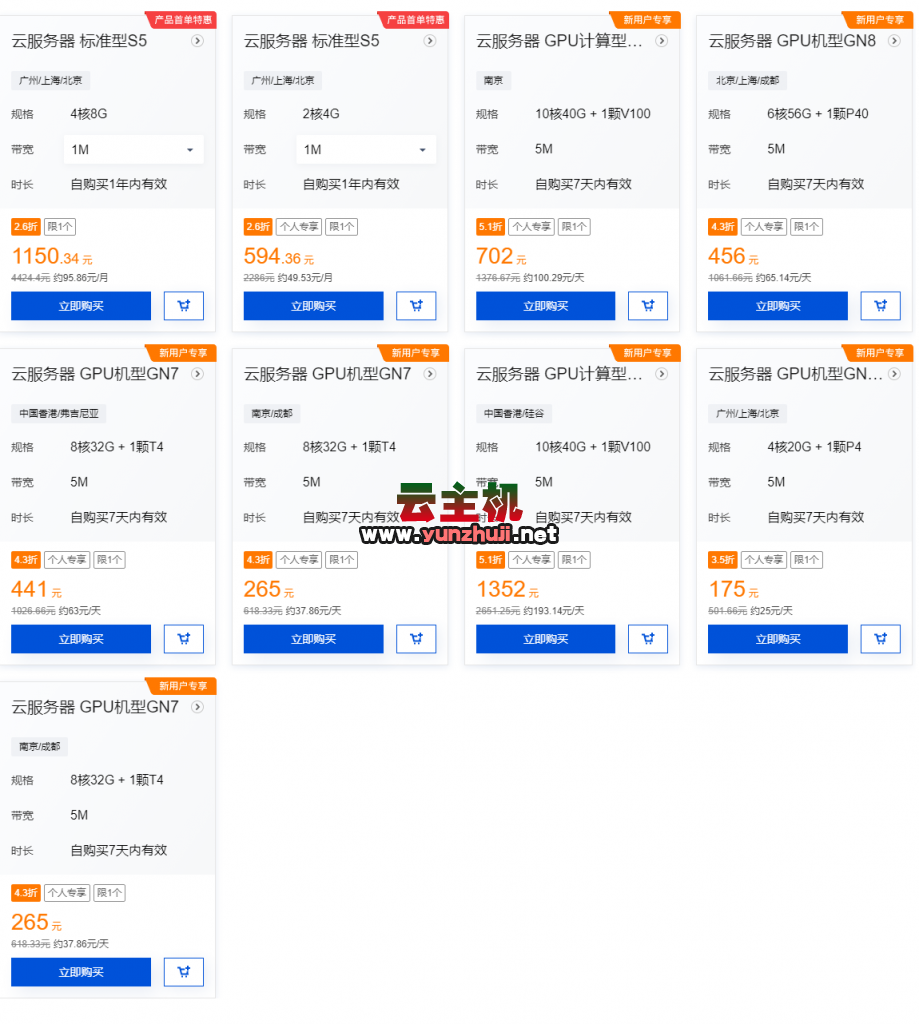
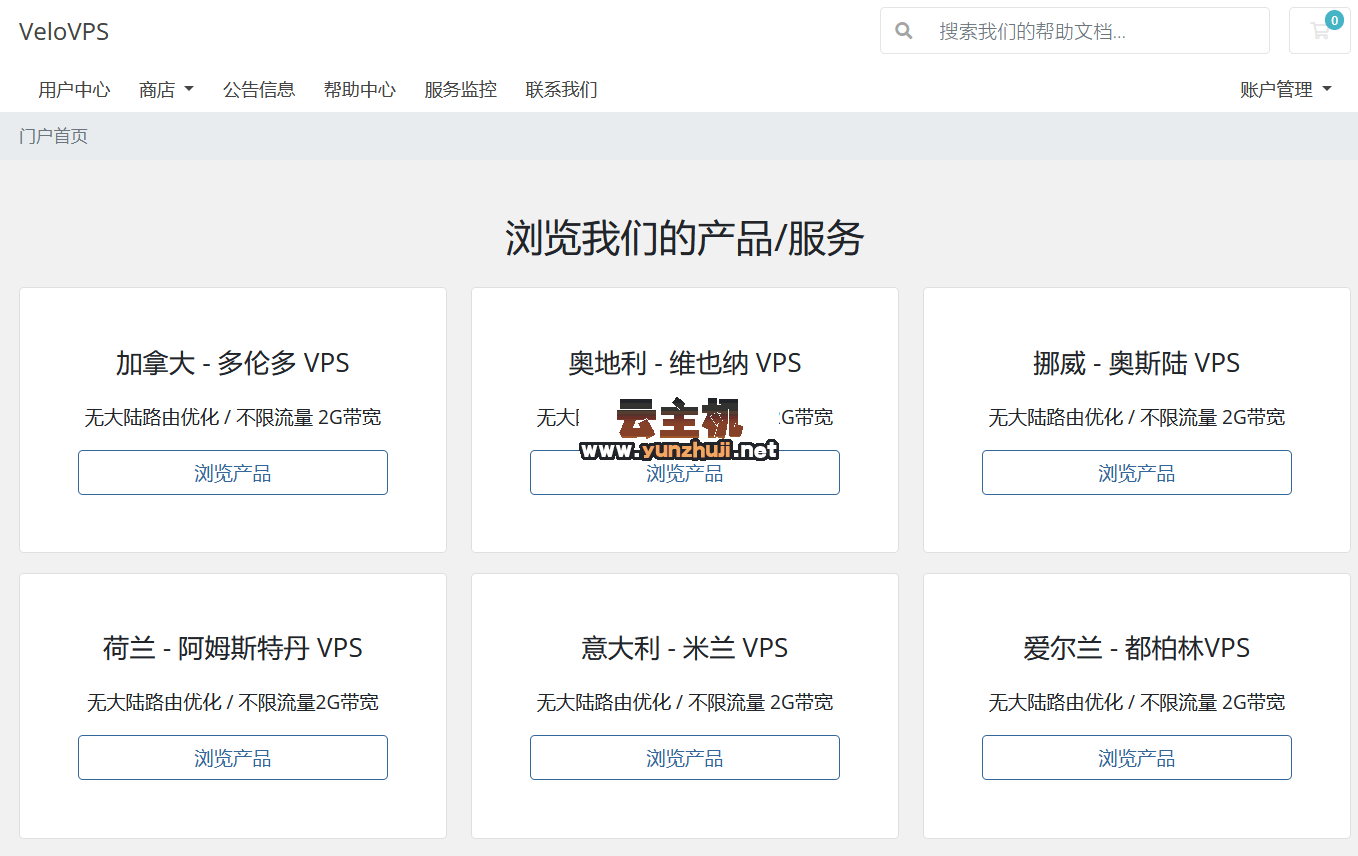
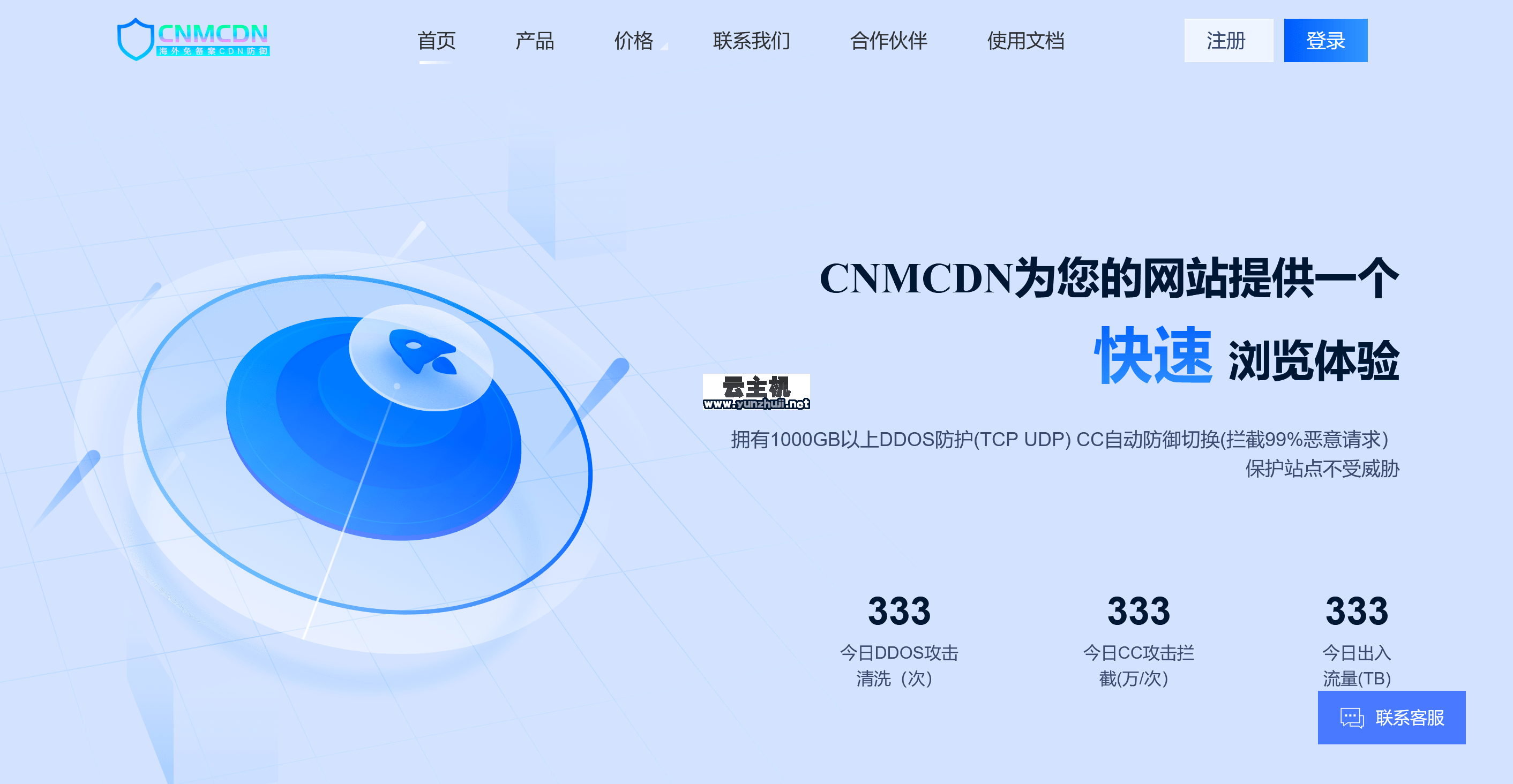
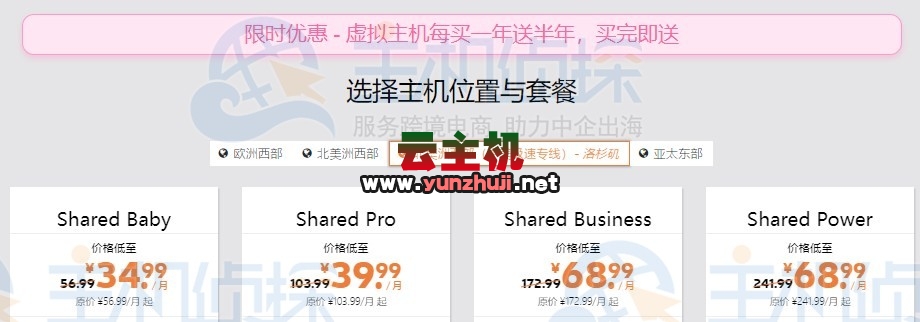


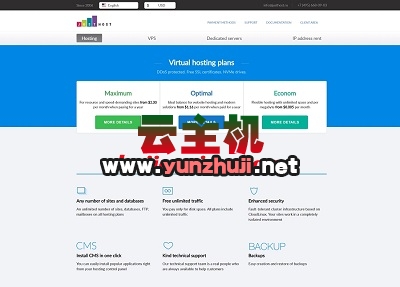
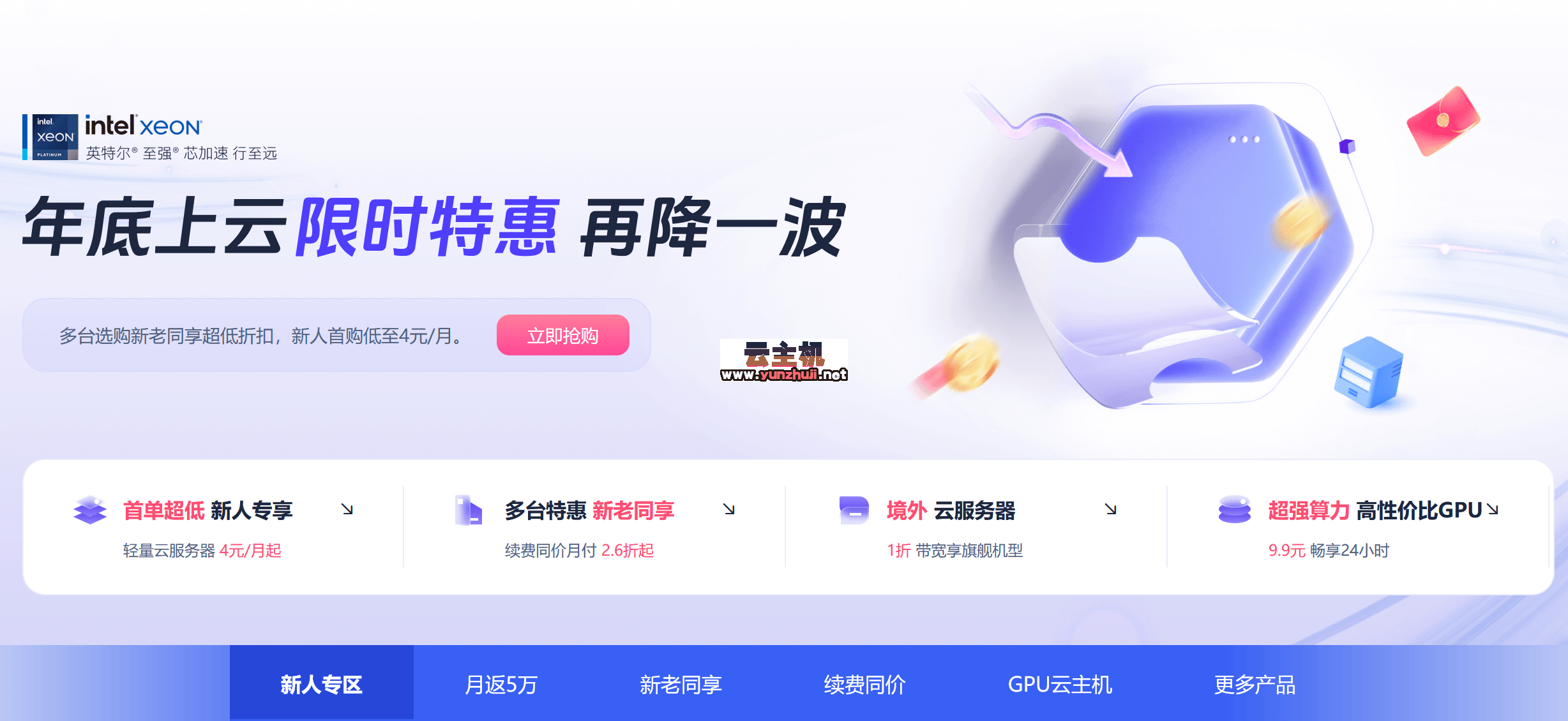
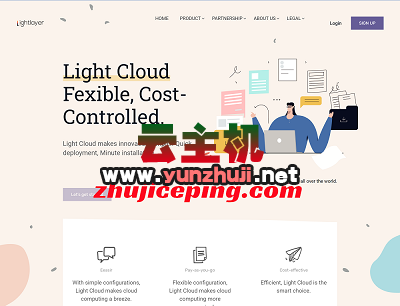





最新评论
本站CDN与莫名CDN同款、亚太CDN、速度还不错,值得推荐。
感谢推荐我们公司产品、有什么活动会第一时间公布!
我在用这类站群服务器、还可以. 用很多年了。